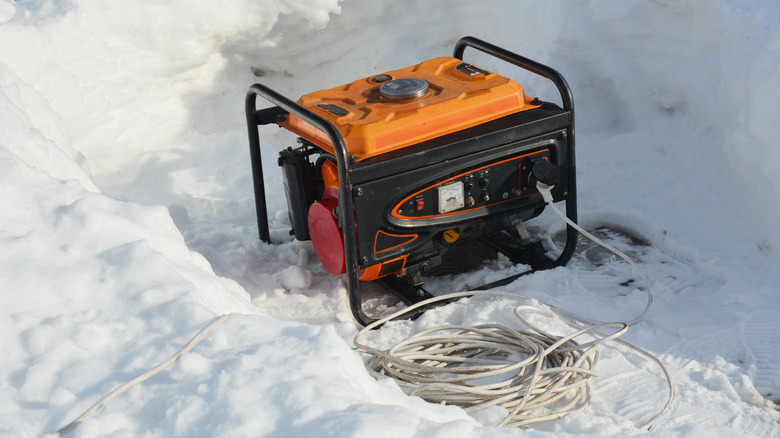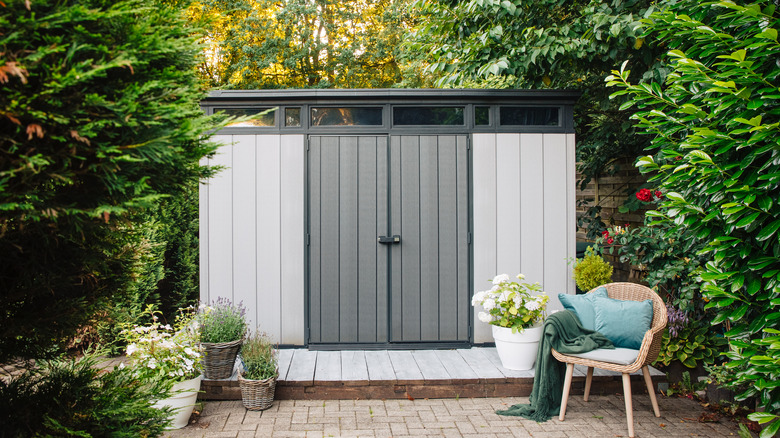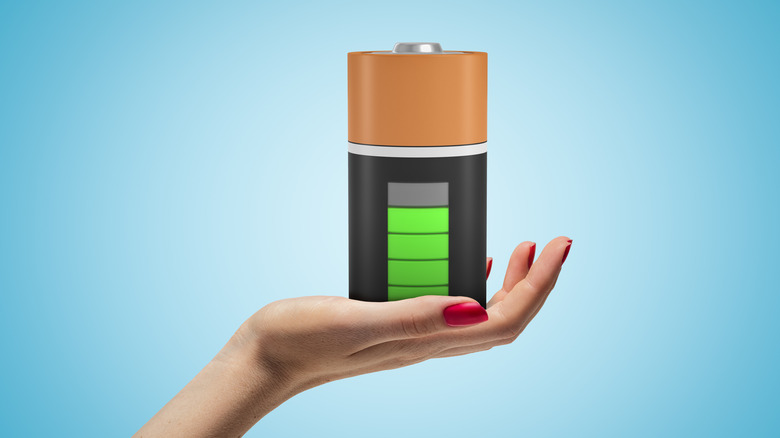How To Prepare Your Generator For Winter Weather
Winter weather means snowstorms, and snowstorms mean power outages. In January of 2022, thousands of residents in the northeastern area of the U.S. found themselves without power, according to NBC News. In Massachusetts alone, more than 96,000 homeowners lost electricity. Unfortunately, New England isn't the only region that faces brutal snowstorms and the resulting outages. Western states also experience outrageous snowfalls, such as Colorado, which sees an average of 67 inches per year. Not far behind is Wyoming with an annual 51 inches of snow, says World Population Review.
Not only is a power outage inconvenient, it's also extremely dangerous. One of the more extreme dangers of losing power is that your pipes have a higher risk of freezing, which often leads to a lack of heat in your home, explains the Rocky Mountain Insurance Information Association. To combat the power outages, many homeowners turn to an emergency generator for the winter. However, if you don't properly winterize your generator, you may find yourself with one that does no help. To prevent a broken generator, here's how to prepare yours for winter weather.
Store your generator in a weatherproof area
As we all know, mixing water and electricity is never a good idea, so it comes as no surprise that you should keep your generator in a cool, dry area that's protected from snow and rain. Doing so will ensure the gas stored in the fuel tank lasts a full year, notes Champion Power Equipment. It's fine to store a generator in your garage or shed, so long as the space is nicely maintained without a leaky roof or holes. If your machine is left too long outside during the winter, there's a strong chance it will never turn on again.
According to Westinghouse, once the temperature falls below 40 degrees Fahrenheit, the engine starts to freeze, and therefore cannot function. Not only does the cold affect the engine, but the oil thickens and the battery life is cut short. When your generator is in use, make sure to shield it with a protective cover, or keep it in a ventilated shelter to prevent any accidents.
Keep an eye on the generator battery
To prepare your generator for the winter, it's of the utmost importance that you maintain its battery before and during storage. If you let the battery die, you'll be in for a rude awakening when you go to turn on your generator (especially in an emergency situation). To prevent a mishap like this, make sure your battery is fully charged before storing it for the winter. Electric Generators Direct recommends using a trickle charger to keep the battery at 100%. A trickle charger uses less voltage, meaning it takes a longer period of time to reach a full battery percentage, Northeast Battery states.
Using a typical battery charger on a generator may charge it quicker than a trickle one, but quicker isn't always better. If you plan on storing your generator for a significant amount of time, a trickle charger will stop the battery from overcharging, which would ultimately destroy the battery altogether. However, if you need to use your generator immediately, go ahead and use a regular battery charger.


